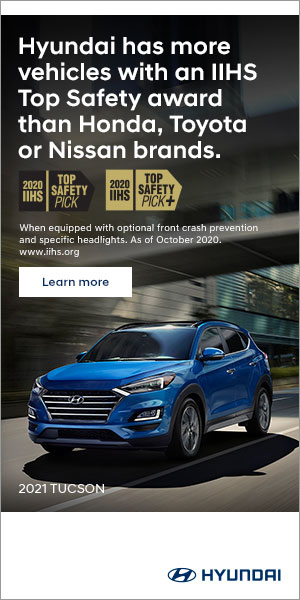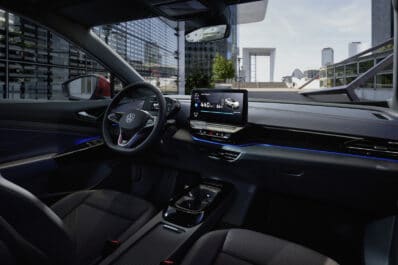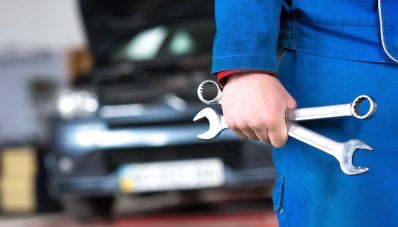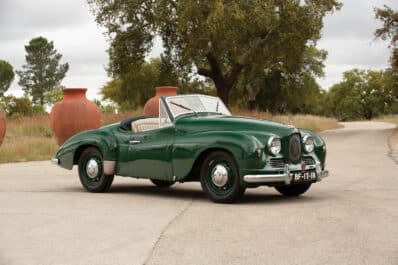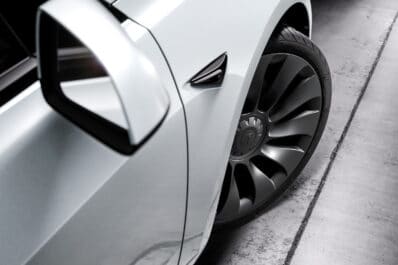
Long content to focus on the “value” segment of the mainstream market, Hyundai is amping up the performance side of business with plans to launch seven N brand models during the next two years, the automaker’s North American CEO Jose Munoz confirmed today.
Hyundai already offers the Veloster N model and will be adding at least four more in the near-term, including the N Line versions of both the Elantra and Sonata, in the next few months. A similar take on the 2022 Hyundai Tucson also is in the works, along with an even beefier Elantra N.
Now, several company officials confided in conversations with TheDetroitBureau.com, they’re studying opportunities to push even further and that would likely involve electrifying future N models, whether with performance-oriented hybrid systems or even by going all-electric. Such products could get a head start since Hyundai will be able to tap into its relationship with Rimac, the Croatian battery-supercar company that has also been working with Porsche.
(Hyundai’s RM20e race car prototype hints at future electric N street cars.)

“The N brand vision is to become the world’s most respected brand in terms of performance,” Hyundai Motor America Vice President Olabisi Boyle said during a media briefing on Monday.
The “N” has double significance for the Korean carmaker, standing for both its home market development center in Namyang, as well as for the Nurburgring, the legendary German track where models like the Veloster N and Elantra N Line have been tested.
Hyundai joins a growing list of manufacturers setting up performance sub-brands. The most well known are Mercedes with its AMG subsidiary and BMW’s M. But plenty of mainstream and luxury marques are following suit, from Cadillac to Toyota.
In Hyundai’s case, it is directly lifting a page from the BMW and Mercedes playbooks, offering two levels of performance. There are the N Line models, including the new Elantra and Sonata variants. And then there are the peak performers, starting with the Veloster N. That model punches out a tire-spinning 275 horsepower and 260 pound-feet of torque from a turbocharged 2.0-liter inline-four. That gets it from 0 to 60 mph in the mid 5-second range.
The standard-issue Veloster, by comparison, is offered with either a base, 147 hp 2.0-liter I-4 or a 1.6-liter turbo-four bumping that up to 201 hp.
The new Elantra N Line goes for the middle ground, much like BMW M Sport models. That’s still going to deliver a siz-

able boost in performance, its 1.6-liter turbo-four making 201 hp. But the full-out model to follow will take that up to 290 hp and 311 pound-feet of torque from its turbocharged 2.5-liter four cylinder.
Of course, N and N Line models will get distinctive visual updates, as well, including unique fascia, grille, wheels and exhaust pipes on the upcoming Elantra and Sonata models.
(Hyundai reveals 2021 Sonata N Line – but leaves some questions unanswered.)
Hyundai isn’t saying which products will next join its new performance club, though there is speculation that the little Kona SUV could follow. The automaker also might add some extra muscle to the big Palisade SUV but, for now, that flagship will get a push upmarket next year with the introduction of the Calligraphy version.
What seems clear is that Hyundai will join competitors in turning to electrification for its new performance brand in the coming years.
“There are plans (but) nothing we can talk about,” Product Planning Senior Manager Mike Evanoff said in response to a question from TheDetroitBureau.com on Monday. “Performance and electric are coming together,” he stressed.

Hyundai has already offered a hint of where it could go in the form of the RM20e, an 800-horsepower electric race car the automaker introduced in September.
“RM20e represents a revolutionary new chapter of electrified performance,” Albert Biermann, president and Head of Research and Development Division at Hyundai Motor Group, said at the time, “and our N engineers continue to garner valuable insights in the arena of zero-emission performance dynamics.”
The RM203 bumps things up from the earlier Veloster N TCR race car and makes use of the ties Hyundai has with Rimac.
Looking forward, Hyundai insiders hint there are several options for future electrified N production models. One approach would take Hyundai’s existing hybrid technology and bump it up, essentially using the motor drive portion of the powertrain as an electric turbocharger. That would offer virtually instant torque at launch and allow engineers to tune the gas portion of the powertrain to maximize performance at higher RPMs.
Hyundai also could go with a full battery-electric approach to performance, as some of its compettors are considering.
(Hyundai punches things up with launch of 2021 Elantra N Line.)
How soon we might see an electrified Hyundai N model is uncertain though, it appears, that likely won’t happen until closer to mid-decade, at the earliest, TheDetroitBureau.com was told.

